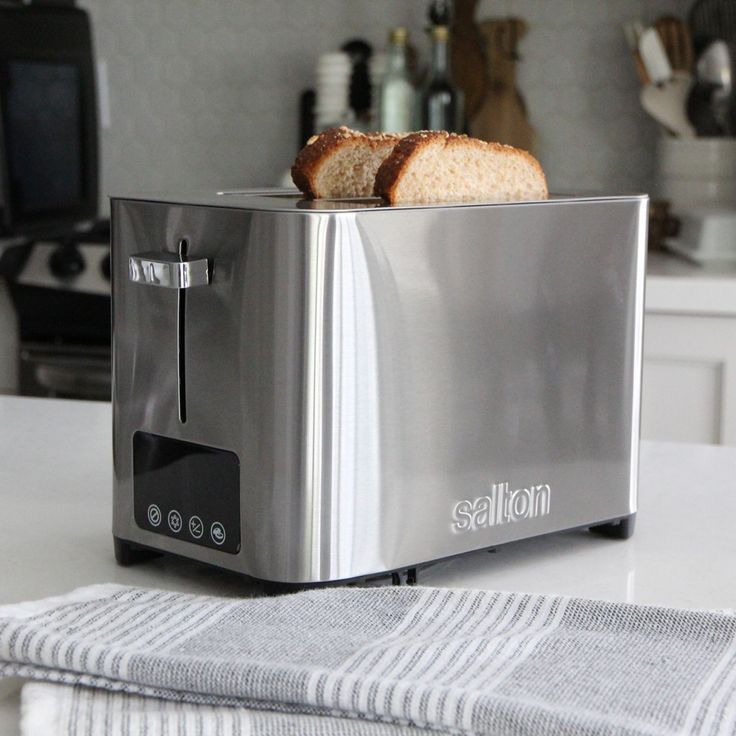
Toaster
A
toaster is a small electric machine that turns sliced bread into crispy,
golden-brown toast. It uses radiant heat, created by thin wires called heating
elements, to brown the bread. Most toasters have slots for bread and a lever
you push to start the toasting process. When the bread is ready, the toaster
pops it up, making breakfast quick and easy.
Long
before electric toasters, people toasted bread over open flames. In Roman
times, bread was toasted using long forks or metal frames. The word
"toast" even comes from the Latin word tostum, meaning to scorch or
burn. As the Romans travelled, they brought their love of toast to new places,
including Britain and eventually the Americas.
The
invention of the modern toaster started in 1909 when Frank Shailor patented the
"D-12" toaster. However, it could only toast one side of the bread at
a time and had to be turned off manually. Improvements followed, like the 1914
Westinghouse toaster and a 1915 model with an automatic bread turner.
In
1919, Charles P. Strite, a mechanic from Minnesota, changed the game. He was
frustrated by burnt toast at his workplace cafeteria, so he invented the first
pop-up toaster, known as the Toastmaster. Strite’s toaster toasted both sides
of the bread evenly and had a timer to prevent burning. By 1926, Strite
introduced a version for home use that let people choose how dark they wanted
their toast. The toaster quickly became a kitchen favourite.
Here’s
a fun fact: Did you know there’s an online museum dedicated entirely to
toasters? The Toaster Museum Foundation in Portland, Oregon, celebrates the
history of toasters with a collection of over 600 models from various eras. It
features photos, stories, and even quirky designs from throughout toaster
history.
Compiled
by Meshack Yobby
Comments (0)
Categories
Recent posts


Exploring Different Career Paths: ...
1 Jul 2021
Celebrating Kenya’s Rising Star in ...
5 Oct 2024
The Richest People in the World ...
1 Jul 2021
Empowering Young Explorers through the ...
25 Sep 2024
Celebrating Teachers' Day
6 Oct 2024
Individual Development as the Pathway to ...
5 Oct 2024
Staying Current in a Changing Education ...
15 Oct 2024
Remote Work Trends: Digital Nomads
15 Oct 2024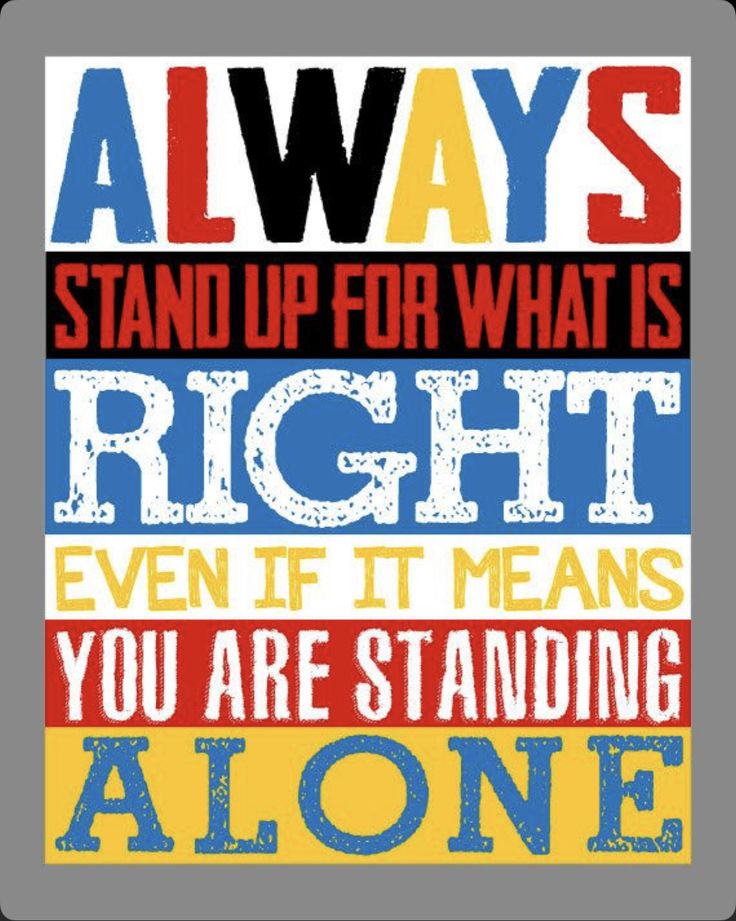
Standing Up for Justice: Lessons from A ...
17 Jan 2025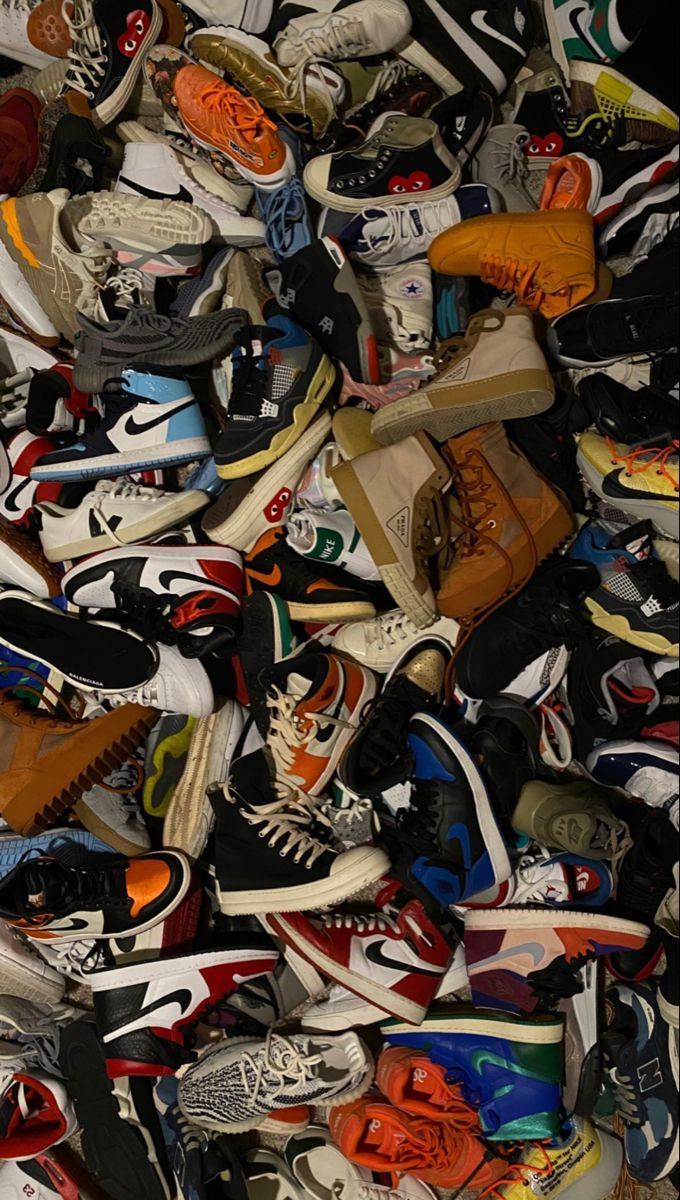
Sneakers: A Lesson in History and ...
17 Jan 2025
Breaking into the World of Data ...
15 Oct 2024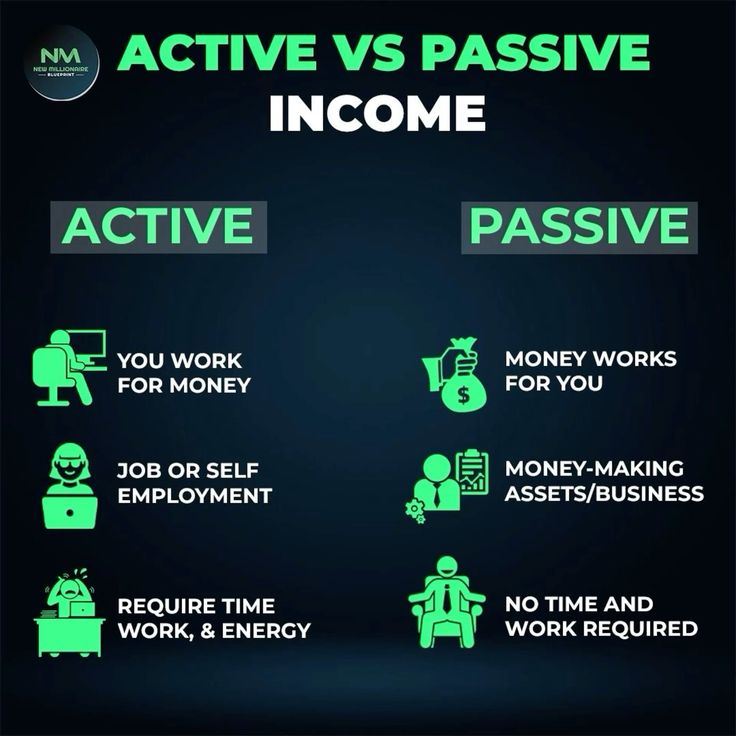
Active vs. Passive Income: Striking a ...
17 Jan 2025
Integrating EdTech for Engaging Lessons
15 Oct 2024
Nurturing Critical Thinking in the ...
15 Oct 2024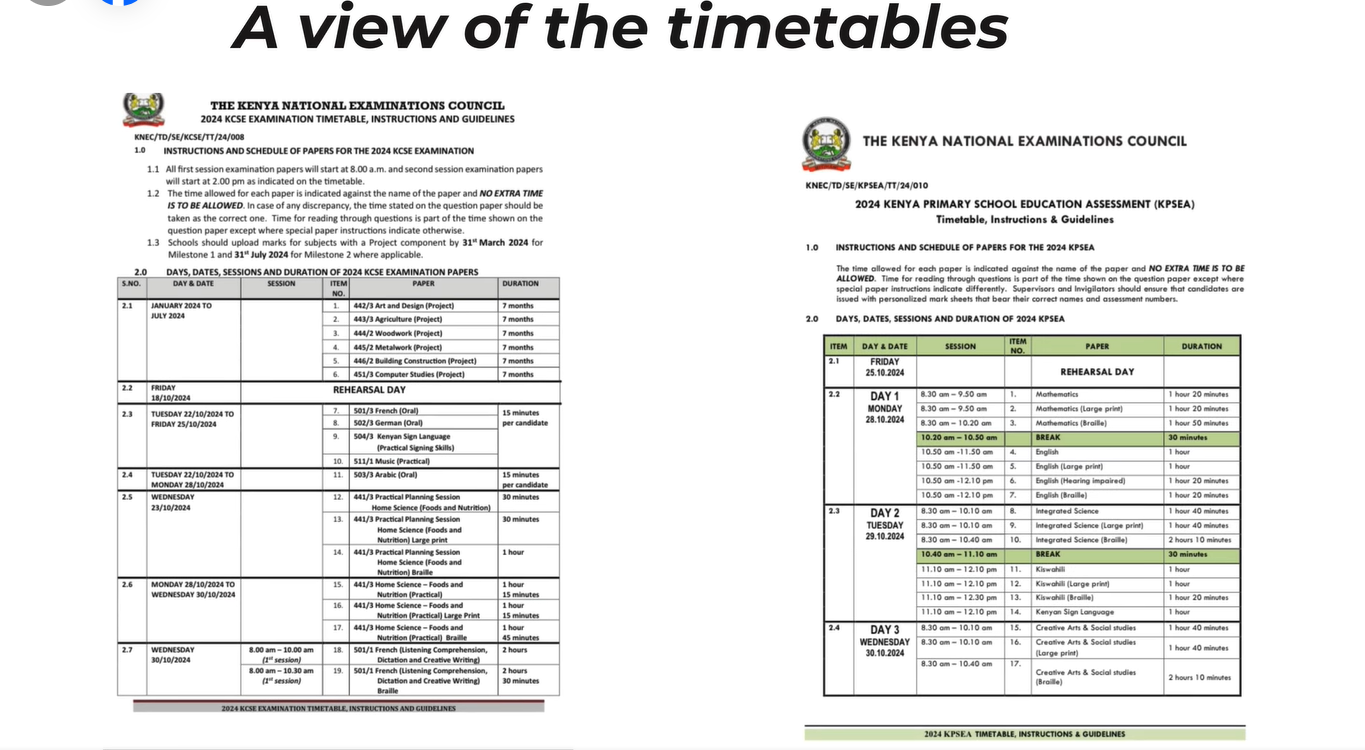
KIPSEA National Timetable for Grade 6 ...
27 Oct 2024
'Kenyan Dress': Embracing Cultural ...
5 Oct 2024
Features of work songs
17 Jan 2025World Oceans Day
5 Oct 2024
Youth Participation in Politics
5 Oct 2024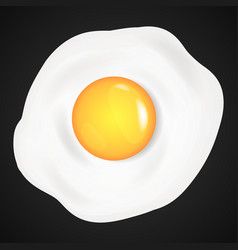
Egg Chop: Quick, Delicious, and Perfect ...
17 Jan 2025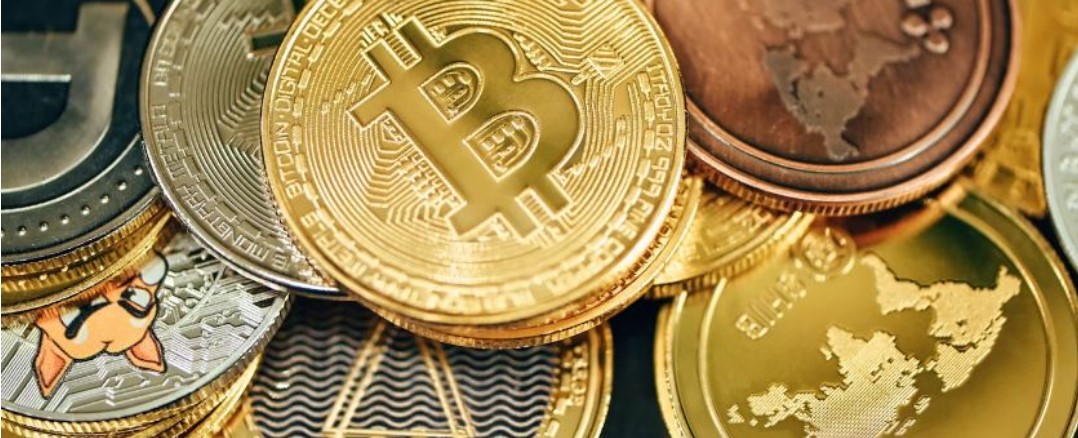
Cryptocurrency: A High Schooler’s ...
1 Jul 2021
The baobab tree: Kenya’s ancient ...
17 Jan 2025
How AI Is Changing the Job Market
15 Oct 2024
Why Giving Back Makes You a Better ...
11 Oct 2024
Why You Students Should Embrace Digital ...
5 Oct 2024
Mastering Time Management for Career ...
15 Oct 2024
How to Build a Personal Brand That ...
15 Oct 2024
Unlocking the Power of Digital Learning
5 Oct 2024
Sådan finder du balance mellem arbejde ...
23 Oct 2024
Exploring the Universe
15 Oct 2024
Celebrating Creativity at St. Mary's ...
5 Oct 2024
How Volcanoes Make New Islands
15 Oct 2024
Supporting Students' Mental Well-being
15 Oct 2024
Why Do Birds Fly South in Winter?
14 Oct 2024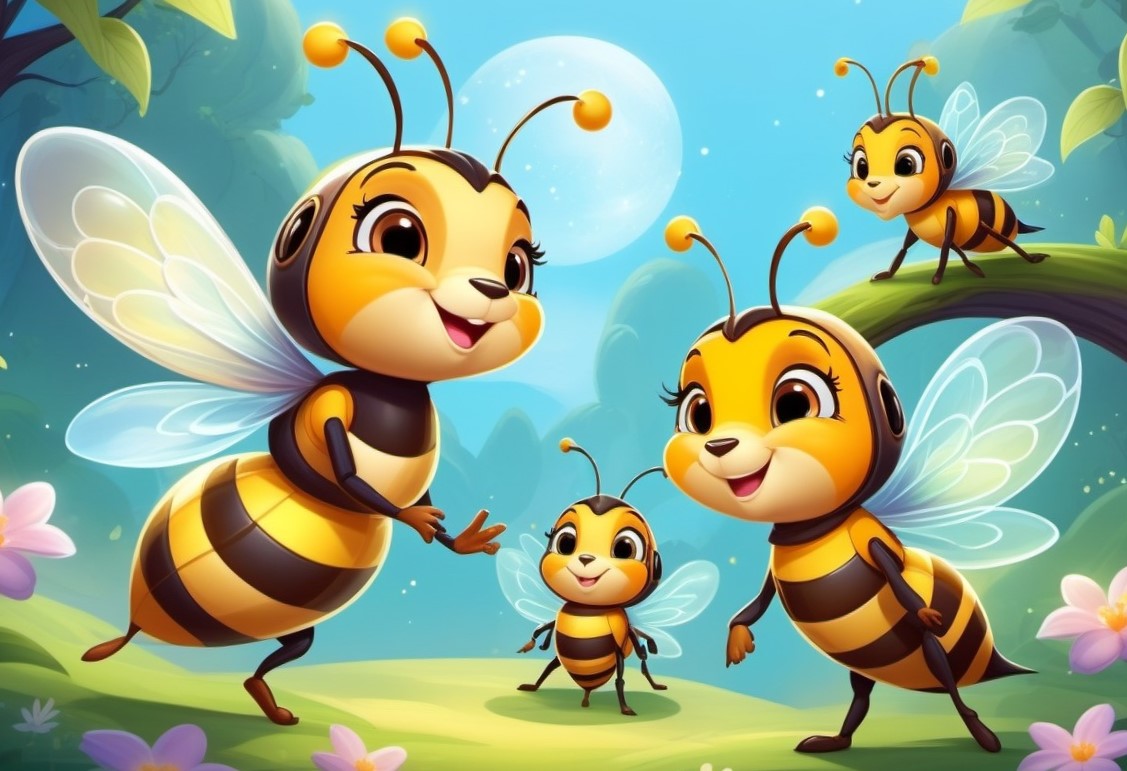
The Secret Life of Bees and Why They ...
15 Oct 2024
The Role of Play in Early Childhood ...
15 Oct 2024
Lighting Up the Future
15 Oct 2024
The Science of Rainbows
15 Oct 2024
Toaster
17 Jan 2025
The Great Dinosaur Hunt
15 Oct 2024
Trump supporters storm the Capitol
17 Jan 2025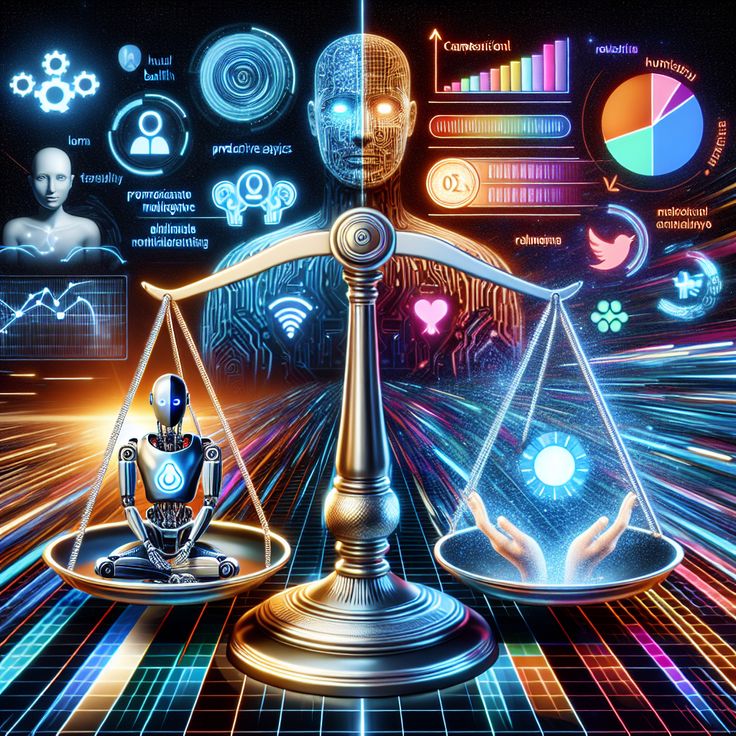
Digital Health in a Busy World
17 Jan 2025



